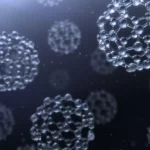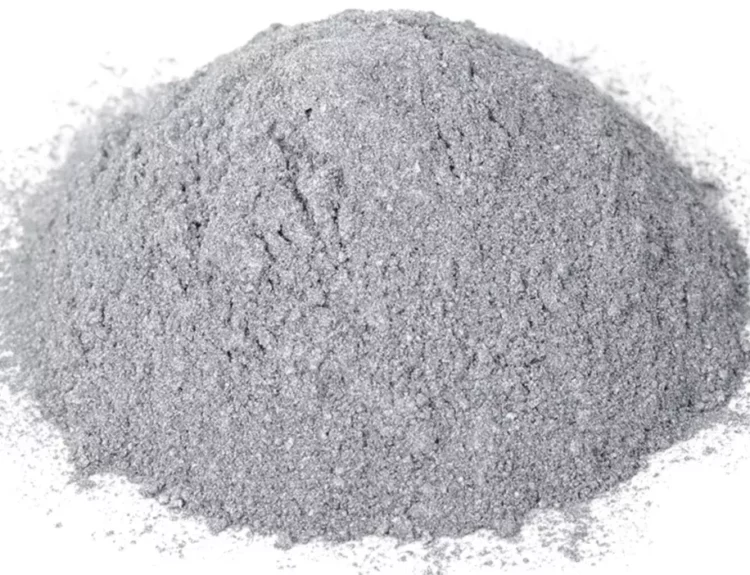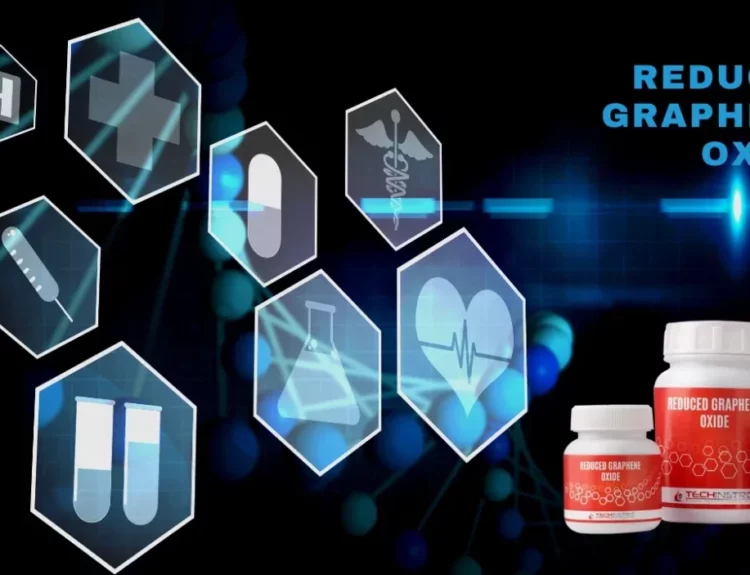Imagine a world where buildings clean themselves, the air is purer, and solar energy is more efficient. This might sound like science fiction, but it’s a future that titanium dioxide nanoparticles could help make a reality. These tiny particles, much smaller than the width of a human hair, are set to play a significant role in various fields, from environmental purification to healthcare and beyond. Let’s explore the promising future of titanium dioxide nanoparticles in easy-to-understand terms.
Self-Cleaning and Air-Purifying Surfaces
One of the most exciting applications of titanium dioxide nanoparticles is in creating self-cleaning surfaces. When exposed to UV light, titanium dioxide becomes highly reactive and can break down organic materials like dirt, grime, and even harmful bacteria. Imagine buildings coated with titanium dioxide nanoparticles; they could clean themselves whenever the sun shines! This technology isn’t limited to buildings; it could also be used for self-cleaning windows, cars, and clothing.
But the magic doesn’t stop at self-cleaning. These nanoparticles can also break down pollutants in the air, making the air we breathe cleaner and healthier. Titanium dioxide could be a game-changer in cities plagued by smog and air pollution, breaking harmful pollutants into harmless substances when exposed to light.
Enhancing Solar Cells
The quest for more efficient renewable energy sources is ongoing, and titanium dioxide nanoparticles are at the forefront of this battle. They can also be used in solar cells to improve how sunlight is converted into electricity. Titanium dioxide’s ability to absorb UV light and its stability under sunlight make it an ideal material for enhancing the efficiency of solar panels. This could lead to more affordable and effective solar energy solutions, making renewable energy accessible to everyone.
Revolutionizing Healthcare
In healthcare, titanium dioxide nanoparticles are being explored for their antibacterial properties and potential in cancer treatment. When exposed to light, their ability to generate reactive oxygen species can be harnessed to kill bacteria and even target cancer cells without harming the surrounding healthy cells. This opens up new avenues for sterilization techniques and photodynamic therapy, a form of treatment that uses light to activate a photosensitizing agent, which, in this case, would be titanium dioxide, to treat various conditions, including cancer.
Environmental Remediation
Titanium dioxide nanoparticles can also play a crucial role in environmental remediation. Their photocatalytic properties make them excellent candidates for water purification systems. They can break down toxic chemicals and dyes in water into less harmful compounds, providing a potentially effective solution for cleaning industrial wastewater and making water sources safer.
Challenges and Future Prospects
Despite the promising applications, there are challenges to overcome, such as understanding the long-term environmental and health impacts of the widespread use of titanium dioxide nanoparticles. Research is ongoing to address these concerns and to develop safe, sustainable ways to harness the power of these nanoparticles.
Conclusion
The future role of titanium dioxide nanoparticles is bright and filled with potential. From creating self-cleaning surfaces and purifying the air to enhancing solar energy efficiency and advancing healthcare treatments, these tiny particles could significantly impact our world. As we continue to explore their capabilities, titanium dioxide nanoparticles stand poised to contribute to a cleaner, healthier, and sustainable future.
To purchase Titanium dioxide nanoparticles, please follow this link.







